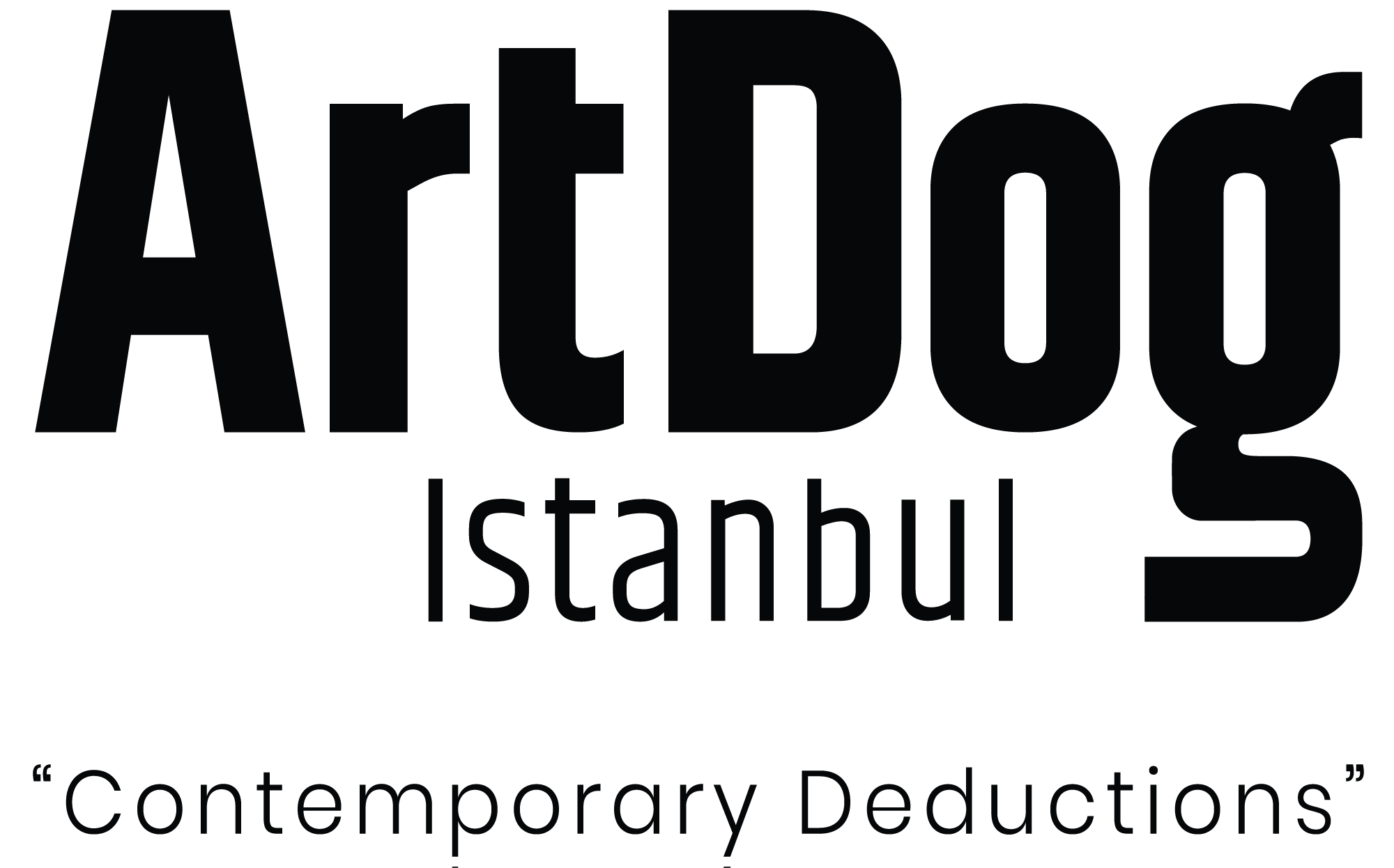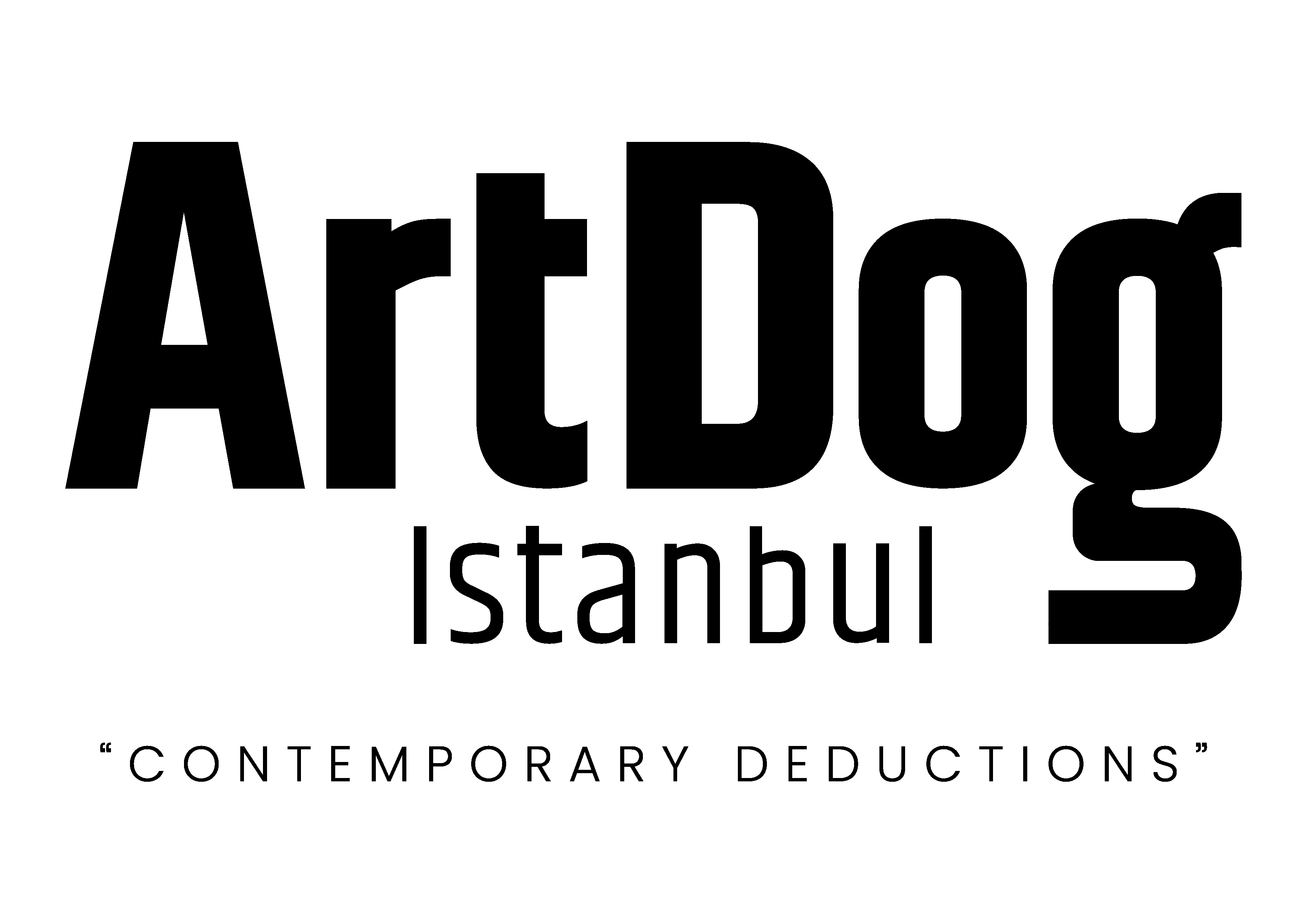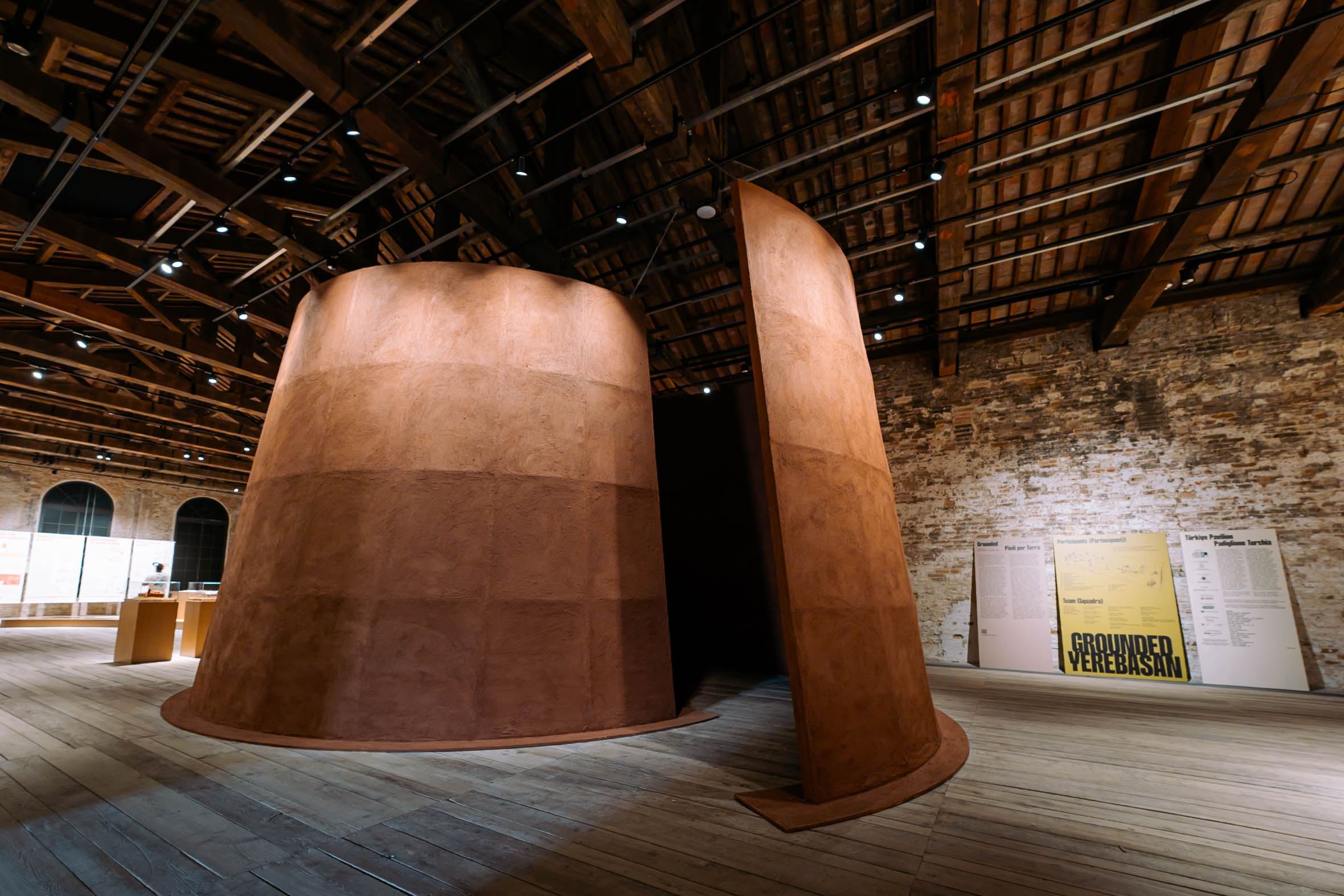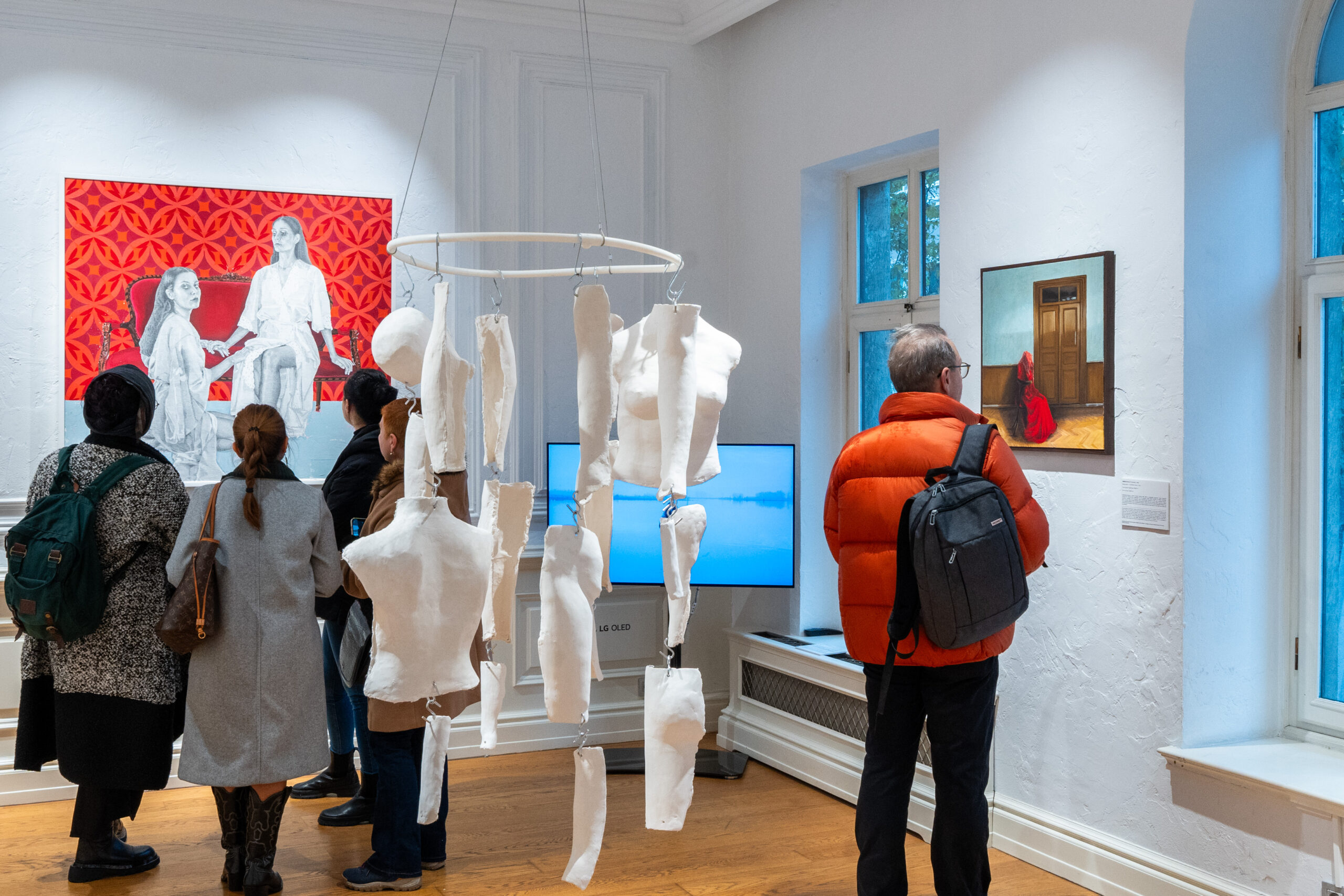Curated by Ceren Erdem and Bilge Kalfa and coordinated by the Istanbul Foundation for Culture and Arts (İKSV), Türkiye Pavilion presents Grounded at the 19th International Architecture Exhibition of La Biennale di Venezia, taking place from 10 May to 23 November 2025. Co-sponsored by Schüco Türkiye and VitrA, the Türkiye Pavilion can be visited at Sale d’Armi, Arsenale.
The Türkiye Pavilion presents Grounded, a project inspired by the sensual and cyclical nature of soil – translating the earth’s inherent versatility into architectural expression. Curators Ceren Erdem and Bilge Kalfa invite visitors to reconsider their relationship with nature and to explore the richness and depth of the ground beneath our feet. Grounded includes works by 10 individual participants and 10 participant teams, as well as a selection made through an open call.
The Türkiye Pavilion exhibition is commissioned by the Istanbul Foundation for Culture and Arts (İKSV), co-sponsored since 2014 by SCHÜCO TÜRKİYE and VitrA, and realised with the contribution of the Ministry of Culture and Tourism under the auspices of the Ministry of Foreign Affairs of the Republic of Türkiye. Fibrobeton and STONELINE support the Türkiye Pavilion as contributing organisations, Turkish Airlines as the airline partner. FÖRNİ Furniture, SAHA Association and Summart provide production support.
The Inauguration of the Türkiye Pavilion
The official inauguration of the Türkiye Pavilion took place on Thursday, 8 May 2025, with the participation of curators Ceren Erdem and Bilge Kalfa, İKSV’s General Director Görgün Taner, and Deputy Director General Yeşim Gürer Oymak.
Republic of Türkiye’s Ambassador to Rome, Elif Çomoğlu Ülgen; Consul General in Milan, Mehmet Özöktem; and Honorary Consul General in Venice, Filippo Olivetti as well as Schüco Türkiye’s General Director Can Eren, and the Marketing Director of Eczacıbaşı Building Products, VitrA, Hande Alaca Ün, on behalf of the co-sponsors were present at the inauguration.
Grounded: The Exhibition
Grounded aapproaches soil as a carrier of ecological and cultural memory, presenting it as an ecosystem that embodies natural intelligence and serves as a living archive and supportive model. The exhibition emphasises how this often-overlooked element provides crucial insights into past civilisations and ecological systems, and highlights the potential for coexistence with nature.
Blending innovative research and traditional soil-construction, the project creates space for an interdisciplinary approach that fosters meaningful discussions, where life both above and below the soil is equally valued in a world where it is often overlooked despite being the most vital natural resource. Through the multi-sensory exhibition in which visitors will be able to feel, smell and engage with soil, the curators invite visitors to reflect upon the hidden consequences of industrial activity and unsustainable development, including but not limited to the erasure of cultural sites and biodiversity. By integrating tradition with technology, the project renews focus on climate change, livelihoods, and cyclical systems through architectural networks, not only a renewed spatial awareness, but also social, ecological, and historical awareness.
The curators bring together works produced across a wide spectrum: from painting, installation, and three-dimensional architectural production to digital research techniques and academic studies. These works, produced individually and/or in groups, invite visitors to reflect on, reinterpret and reimagine the concept of the earth and soil through multiple perspectives. While some of the works are static, others evolve and transform, making the exhibition a living structure in and of itself.











